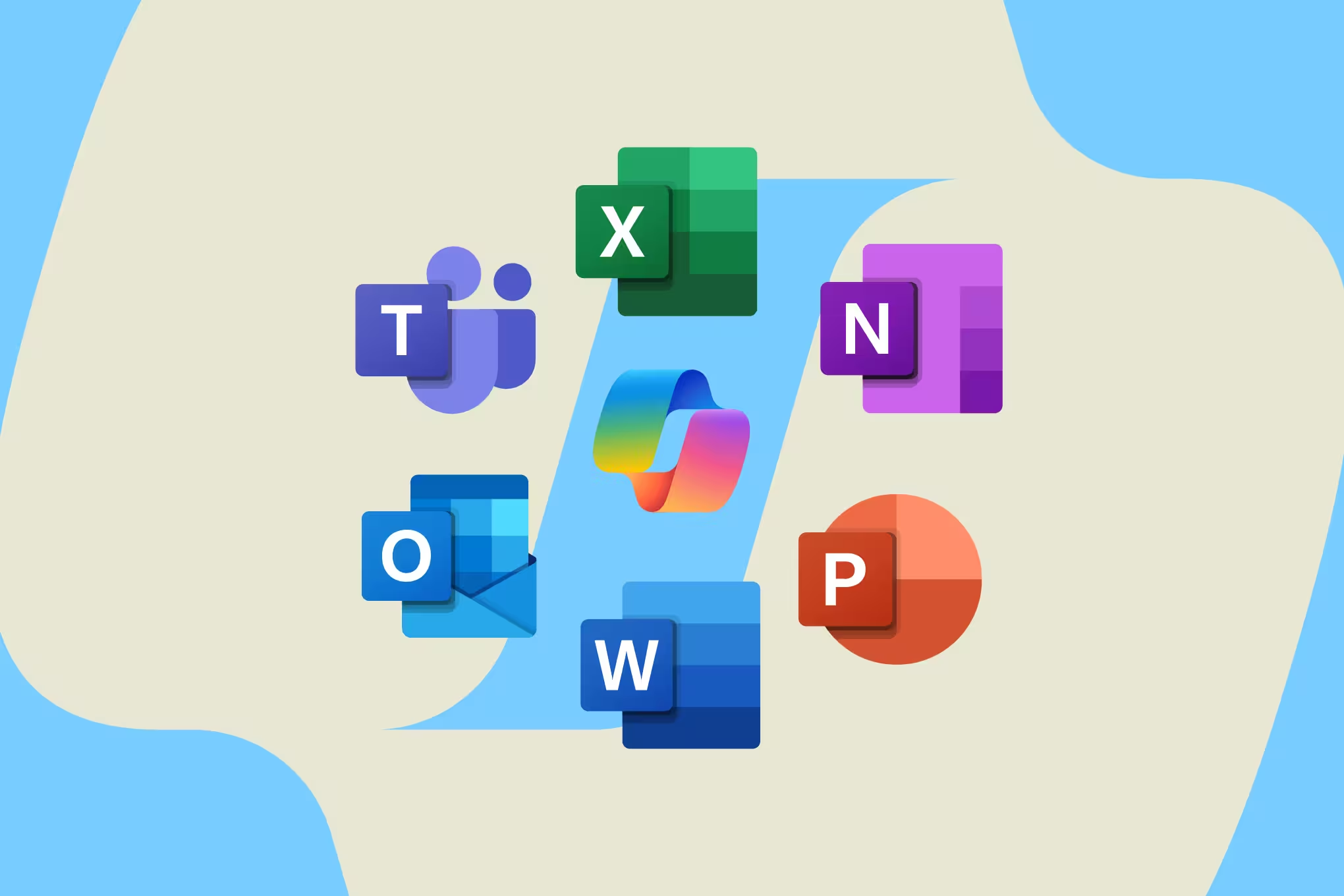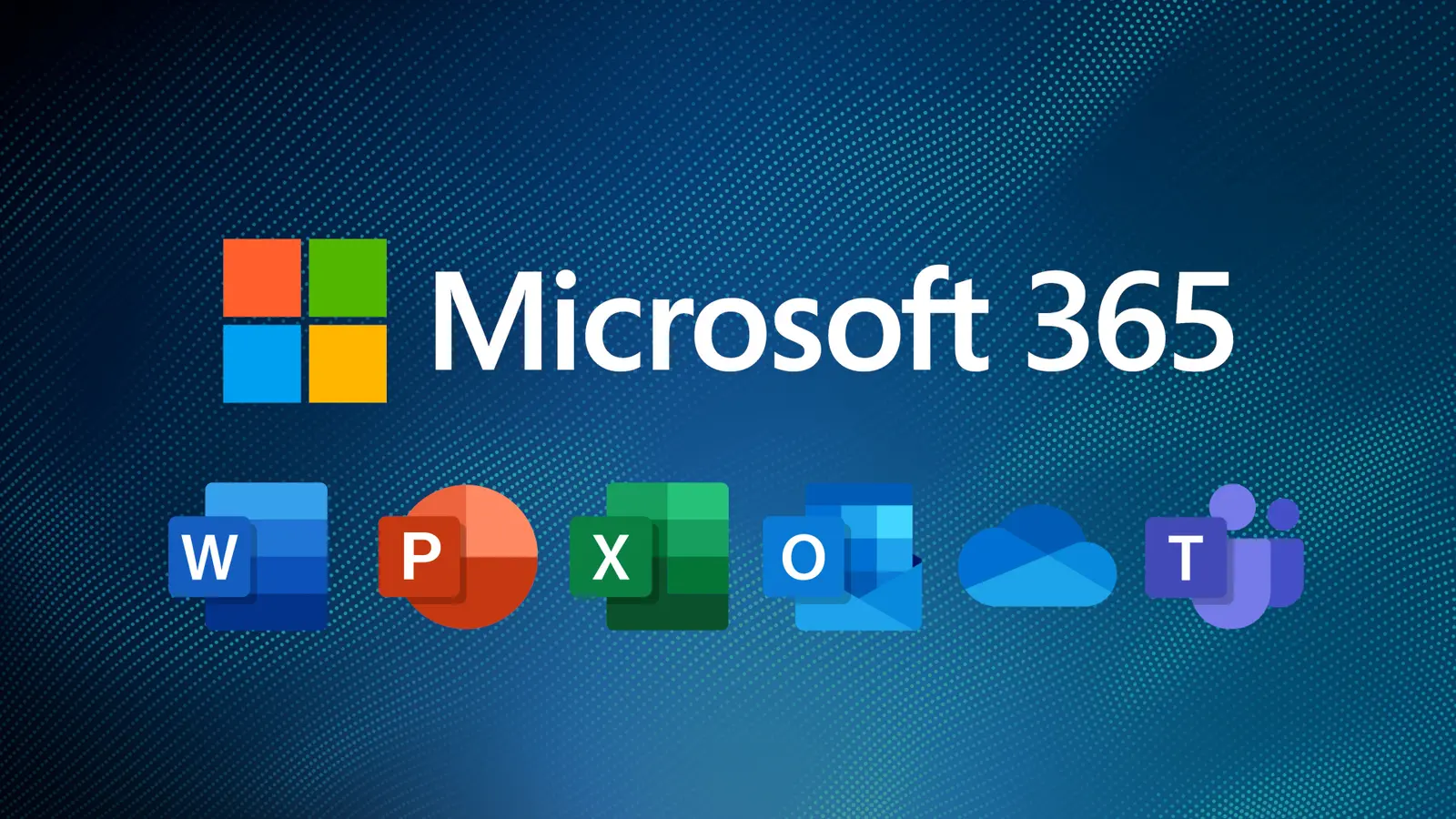3 Minutes
Microsoft is rolling out a set of targeted accessibility fixes for Microsoft 365 apps that should reduce false alarms and make life easier for people who rely on screen readers and other assistive tools. If you create or consume documents in Word, Excel, or PowerPoint, these updates aim to make the Accessibility Assistant smarter and less noisy.
Less noise, more accuracy: what changed
Imagine a document checker that used to call valid elements “violations” — that’s exactly what happened with Microsoft’s Accessibility Assistant. The update corrects several parsing issues so the assistant no longer flags harmless or correctly structured content. Here’s what Microsoft fixed:
- Header detection: Valid row and column headers will no longer be marked as accessibility violations. Screen readers could already read these headers correctly, but Accessibility Assistant sometimes flagged them anyway. That confusing behavior is now resolved in Word, Excel, and PowerPoint.
- Merged cells: Previously any merged cell could trigger a violation. The assistant’s parsing logic has been refined so merged cells in Word and PowerPoint won’t generate unnecessary alerts.
- Small tables with split or merged cells: Small or simple tables that screen readers can handle gracefully will no longer prompt warnings just because their layout is compact or uses merged/split cells.
- Design elements like blank cells, shapes, and text boxes: These were sometimes flagged even when they were intentionally empty or decorative. Accessibility Assistant now recognizes these as harmless and won’t produce alerts for them.

Which apps and versions get the fixes?
The table-related fixes and empty-shape handling are rolling out to specific builds on Windows and macOS. Make sure your Microsoft 365 apps are up to date to receive the improvements.
- Table violation fixes (Word, Excel, PowerPoint):
- Windows: Version 2411 (Build 19412.20000) or later
- Mac: Version 16.103 (Build 25101121) or later
- Empty shapes handling (Word, Excel):
- Windows: Version 2411 (Build 19329.20000) or later
- Mac: Version 16.103 (Build 25100813) or later
Why this matters — for creators and readers
False positives in accessibility tools are more than an annoyance. They interrupt workflow, create extra work for document authors, and can undermine trust in automated checks. By reducing noisy warnings, Microsoft is helping authors focus on real accessibility issues and ensuring assistive technology users have a smoother reading experience.
For example, a designer who places empty shapes for spacing or style no longer needs to fight the checker for every slide. And someone using a screen reader will consistently hear accurate header information without the assistant generating misleading alerts.
Want to give feedback?
Microsoft welcomes feedback. If you notice any lingering issues or want to report a case where Accessibility Assistant still misbehaves, use the built-in feedback option inside any Microsoft 365 app — it’s the fastest way to get your input to the product team.
Source: neowin


Leave a Comment